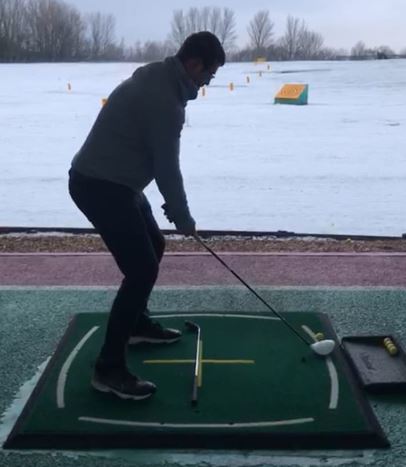Ping i Irons Review – Still Good And Forgiving For High Handicappers?
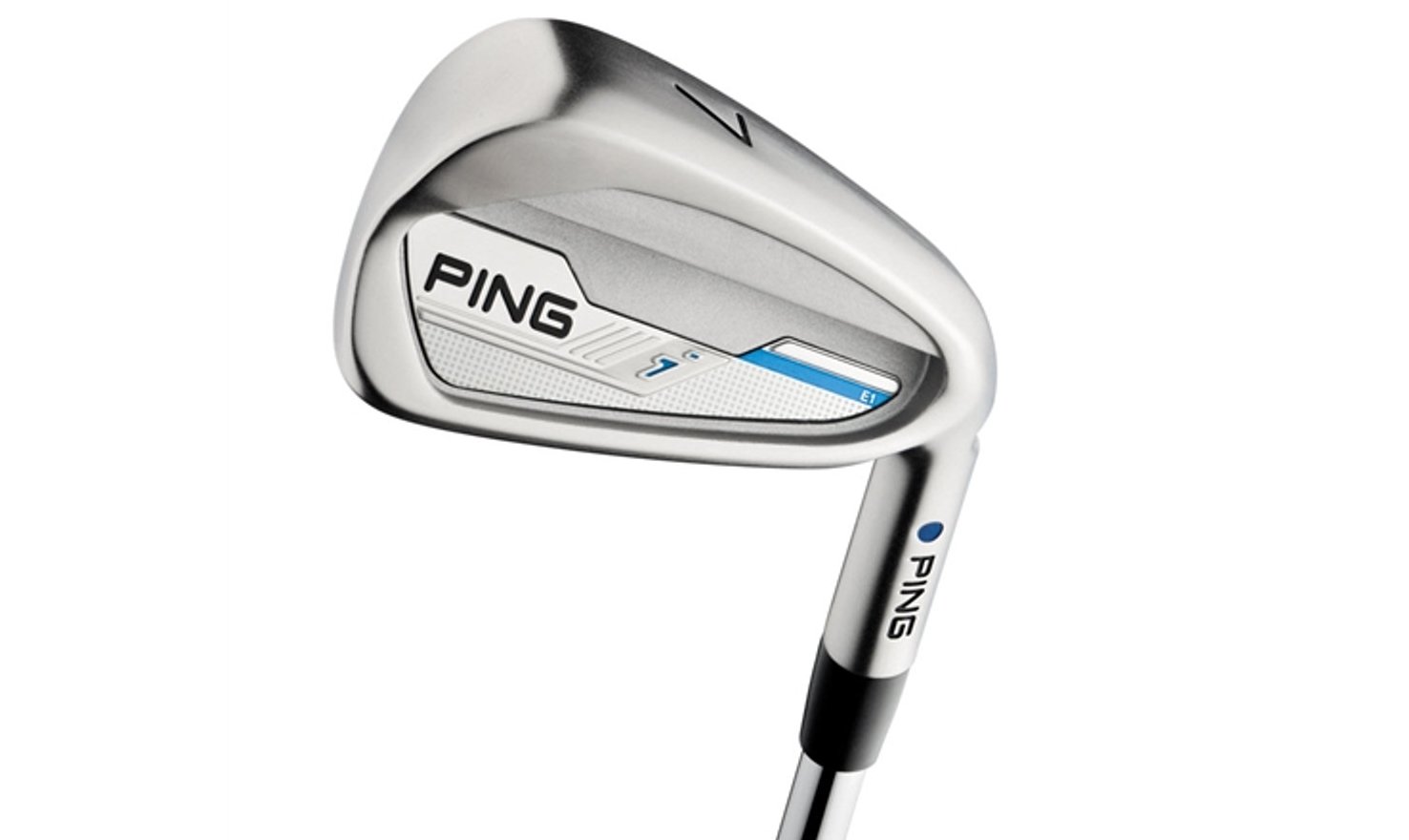
“The latest iteration of the Ping i irons came out in 2015.”
So these irons aren’t ancient by any means. Still, there have been a lot of golf club manufacturing advancements in the eight years since these irons hit shelves. Has time left the Ping i irons in the dust?
I know Ping to make amazing game improvement irons. Even they’re 20 year-old GI irons are still worth it for some players. So I tested the Ping i irons to see if they still have any merit for high handicappers.
Are Ping i Irons Still Good?
“I recently tested the old Ping ISI irons and switching from them to the Ping i was like transforming a frog into a handsome prince.”
But this is not an apples to apples comparison. The Ping i irons are much newer and have a totally different profile. But like the Ping ISI iron, the Ping i’s were made to be forgiving. The Ping i irons are game improvement cavity back irons; but you might not be able to tell just by looking at them.
At a glance, they have a compact profile. In fact, when I got these irons in for testing, I thought I had received the wrong clubs. But looks are deceiving. The Ping i irons have a sort of blunted toe area that make them look smaller than they actually are. The cavity back is also pretty deep.
And within the cavity back, the Custom Tuning Port is almost completely hidden. It’s sunk into the cavity undercut/sole so you can’t even see it at address. Behind the ball, the Ping i irons look clean – almost like players performance irons. They were cast using 431 stainless steel which gives them a reasonably soft feel.
The Ping i irons also feature tungsten toe weighting in irons 3-7 but again, the weight is hidden. It’s blended very smoothly into the toe so as not to break the clean lines of these irons.
I liked the feel of these irons on impact. They feel smooth but the ball doesn’t sink into the face. They offer clear feedback and a satisfying “click” when you hit the sweet spot. The Ping i irons look like players performance irons but are game improvement irons. So are they really forgiving?
Are the Ping i Irons Forgiving for High Handicappers?
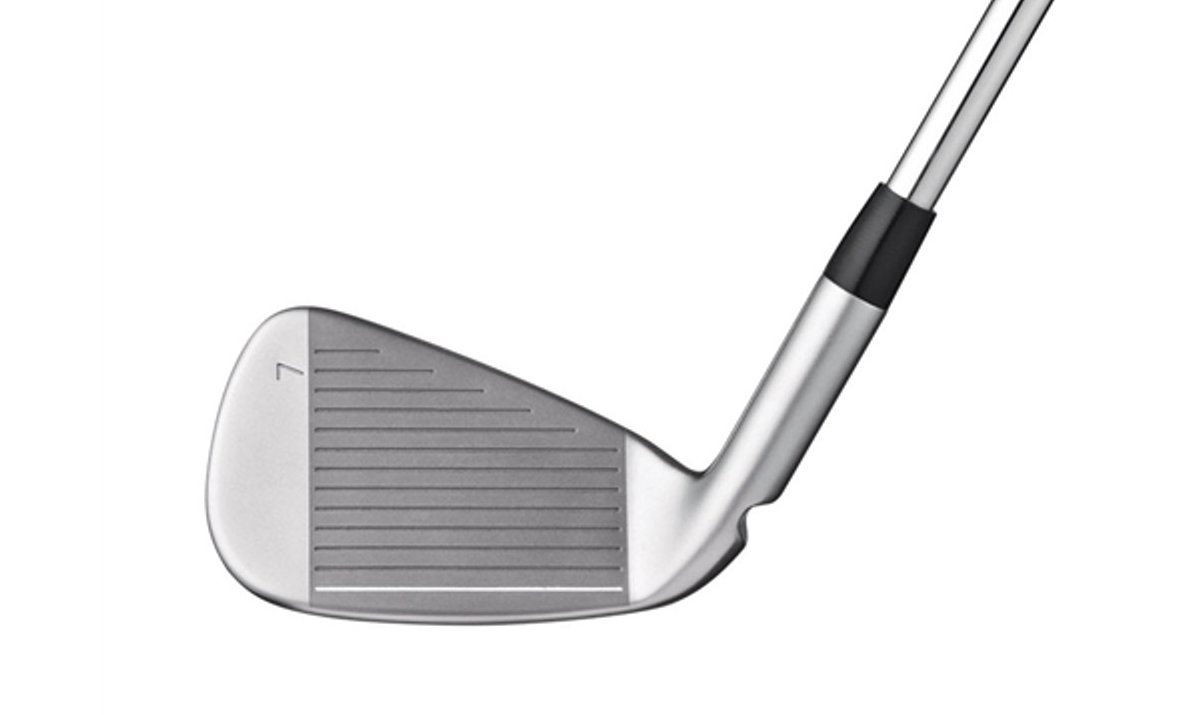
“The custom tuning port and the cavity back design work in concert to enhance the forgiveness of these irons.”
The tuning port drives the center of gravity low and the cavity back design stabilizes areas of the face where players tend to mis-hit. Then there is the tungsten toe weight in the mid and long irons. My usual shot with a 4-iron off the tee is a mid draw. With the 4-iron of the Ping i set, I was getting the mirror image of that shot.
I was hitting a mid fade that was landing within 7 yards left of the target. But more importantly, when I mis-hit slightly towards the toe, I wasn’t getting punished for it. My dispersion stayed the same and the only difference I could decipher was slightly slower ball speed. As long as you stay within the grooves of these irons, they will reward you with tight dispersion and at least adequate distance.
If you already swing your irons pretty fast, you will probably not see much of a distance boost with the Ping i irons. But if you have a more moderate swing speed and transition, you may get about half an iron’s worth of extra distance. These are pretty-strong-lofted irons so they will help you get your ball out fast and keep it low. My rollout distance was really good with these irons; but it was hard for me to stick fast greens.
Still, the long irons in this set play long and forgiving which is exactly what high handicappers need.
Ping i Vs Ping i25 Irons
“The Ping i irons have a softer feel than the Ping i25 irons.”
While the Ping i and Ping i25 irons share almost the exact same profile, size and head shape, the Ping i irons have slightly less offset. You can actually see the custom tuning port in the i25 irons whereas the same feature on the Ping i irons is more hidden. The Ping i irons also have slightly less offset than the i25’s so some players may actually find the i25 irons to be more forgiving.
Ping i First Impressions
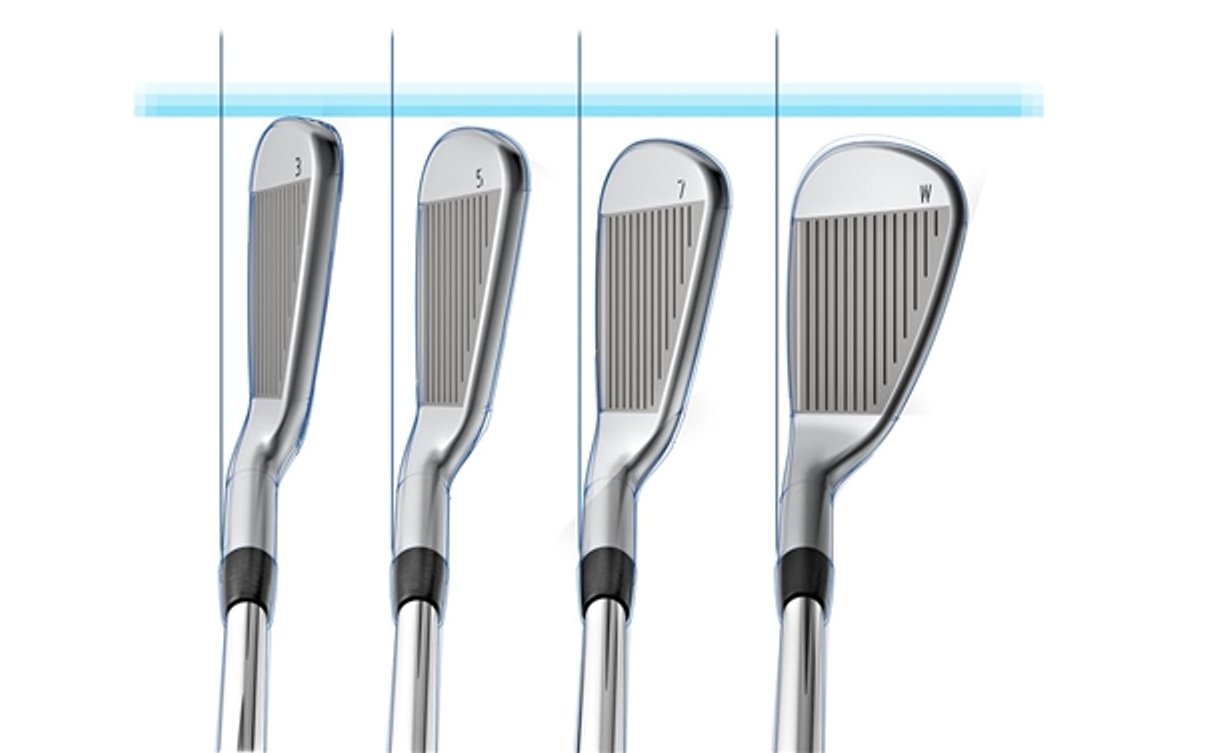
“I really liked the looks of these irons.”
Again, they don’t look like game improvement irons at first glance. They have a beautiful brushed metal finish and a deceptively small profile. They look excellent on the bag and behind the ball.
Ping i Selling Points
- Custom tuning port
- Cast from 431 stainless steel
- Cavity back design
- Strong lofts
- Progressive offset
Ping i Key Technology
Custom Tuning Port
The custom tuning port brings the CG of the Ping i irons down to help counteract the effects of the strong lofts.
431 Stainless Steel
The 431 stainless steel casting gives the irons a soft feel without making them feel insubstantial at impact.
Strong Loft Profile
The strong loft makes for low, penetrating trajectory that pairs well with fast swing speeds.
Ping i Loft & Lie
| Club | Loft (degrees) | Lie (degrees) |
| 3-iron | 20 | 59.63 |
| 4-iron | 23 | 60.38 |
| 5-iron | 26 | 61.13 |
| 6-iron | 29 | 61.88 |
| 7-iron | 32 | 62.63 |
| 8-iron | 36 | 63.38 |
| 9-iron | 41 | 64.13 |
Who Should Buy the Ping i Irons?
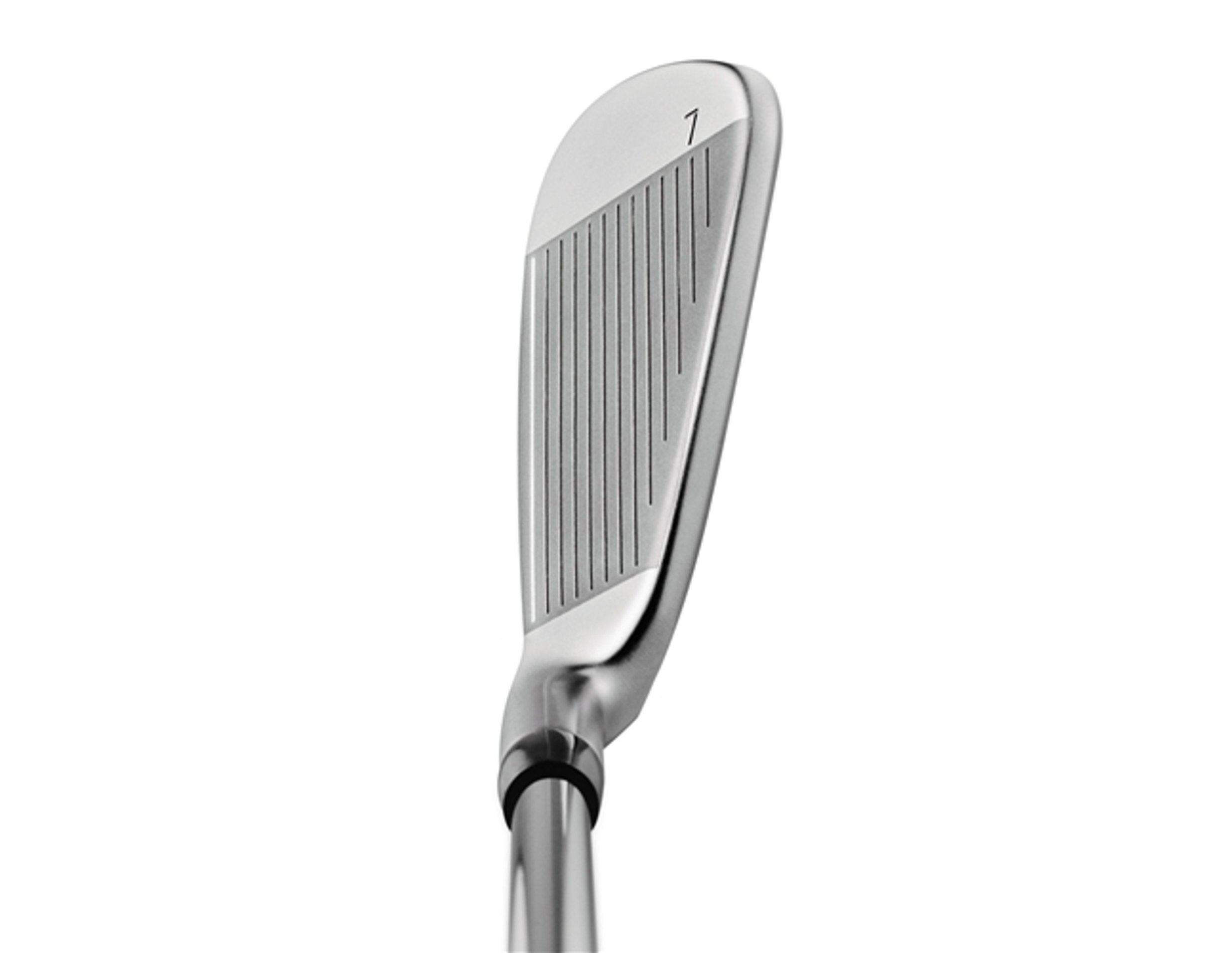
“The Ping i irons would be ideal for mid handicappers.”
But they would also be good for players in the 18-22 handicap range. The long irons are especially forgiving and you get good workability throughout the set. If you do get these irons as a high handicapper, the best thing is that you will be able to use them long after you’ve broken into mid handicap territory.
Distance: 96/100
Forgiveness: 96/100
Workability: 97/100
Overall Performance: 96/100
Value: 96/100



